Late last year, Remington introduced a new line of range ammunition specifically made for use with suppressed firearms, Remington Subsonic, launched in 9MM, .45 ACP and 300BLK. Remington worked with sister company AAC to devise rounds with velocities optimized for suppression, plus bullets designed to remove exposed lead on the bullet heels to eliminate leading in silencer ports.
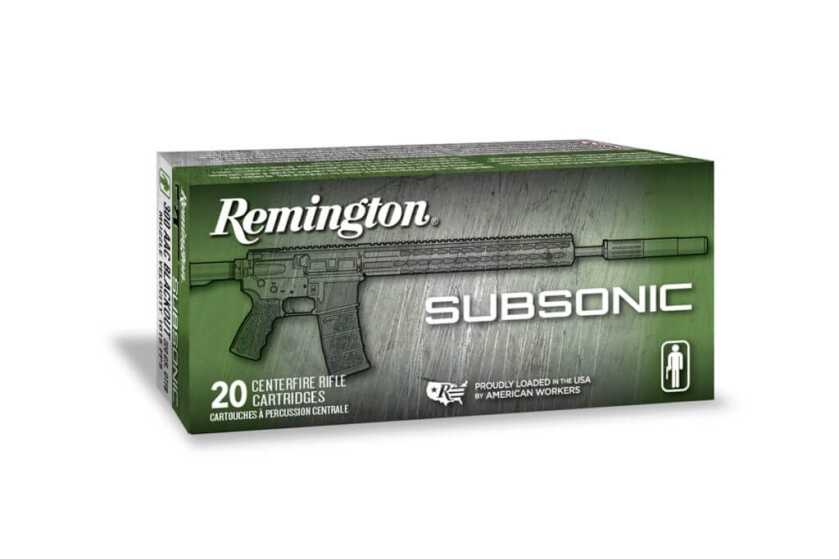
I very much wanted to find out just how well the ammunition actually worked with suppressed firearms. But the problem was, well, the suppressors.
Unlike firearms, a suppressor manufacturer can’t legally send you suppressor via your local FFL. The paperwork and bureaucratic process is involved, long, and expensive.
But Remington was holding a media event in Utah last October, at the Barnes Bullet facility in Mona, Utah, Barnes being owned by the larger Remington Outdoor Company (ROC). So, ROC’s media people asked if I would come to Utah and use the Barnes testing facilities to try out their new ammo.
I said yes and spent a full day at Barnes shooting all three ammunitions. All the shooting was done in the underground shooting lanes at the facility, and I was greatly aided by Barnes employee, Chase Young.

Since this was range ammunition, I wasn’t concerned about bullet expansion and gel testing. My focus was on how the rounds functioned in the firearms I used, ammo accuracy, chronographed speeds and–a somewhat tougher factor to nail down–the suppression level achieved by these new rounds.
Remington Subsonic 9MM, 147-grain FNEB Bullet

To test the Remington Subsonic 9mm load, I used a Glock 34, Gen 4, outfitted with an AAC Illusion 9MM suppressor.
My testing procedure for this round and the 45 ACP version was to shoot offhand at 10 yards, at least 150 rounds worth, and then chronograph 10 rounds on an Oehler 35 Chronograph unit. I shot both the 9MM and 45 ACP loads in the same shorter (25-yard) testing tunnel.

I ran approximately 40 rounds through the Glock 34 to become familiar with the pistol-suppressor rig. The factory sights on the Glock were too low to be viewed clearly over the end of the AAC Illusion suppressor, but I figured out how to aim the pistol well enough.
Accuracy at 10 yards and firing offhand was very good. My best five-round groups measured 1.08” and 1.30.” I also shot a handful of four-shot groups at 1.0” and under.
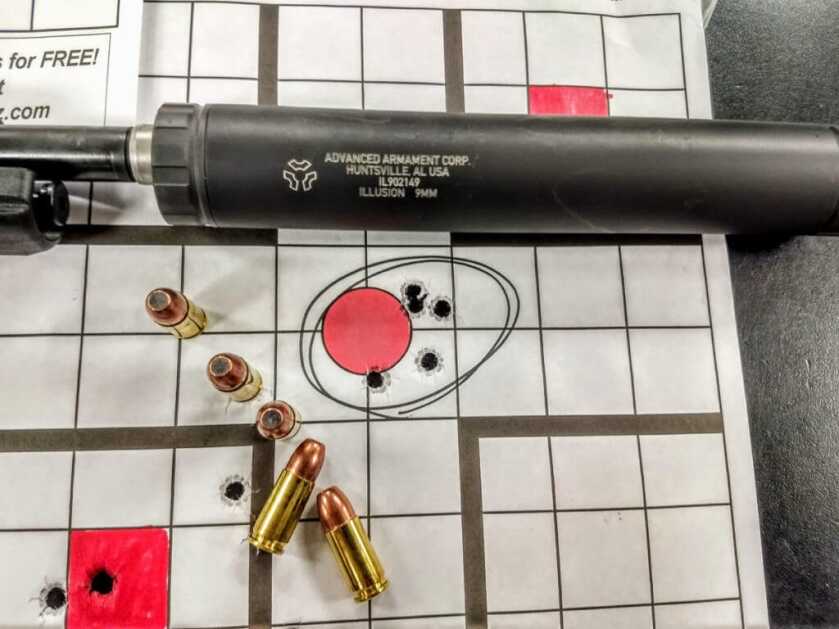
In 157 rounds, I had not a single failure to feed or eject properly. This included two magazine dumps of 17-rounds, fired off as fast as I could pull the trigger.
Shot from 10-feet, the Remington Subsonic 9MM velocity averaged 963 feet per second (fps), with a high velocity of 1,045 fps, a low of 926 fps, and a standard deviation of 31 fps.
Remington Subsonic 45 AUTO, 230-grain FNEB Bullet

To assess the Remington Subsonic .45 AUTO, I used a Remington R1 Enhanced 1911 and an AAC Ti-Rant M can. Again, the sights were a bit low for suppressor use, but I made it work.
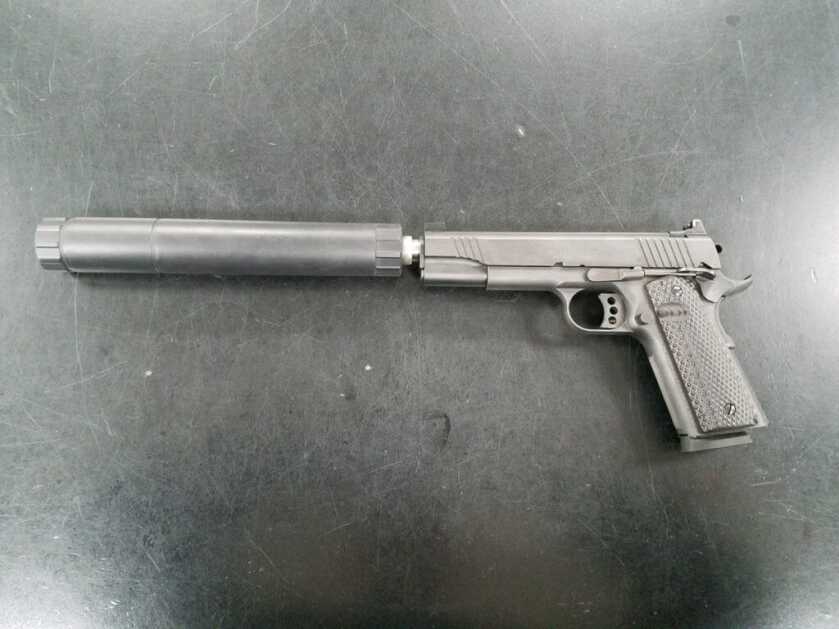
Accuracy was impressive. My best five-shot group came in at just .861.” A handful of groups came in between 1.0” and 1.25”. I also pegged a six-shot group at just 1.12”
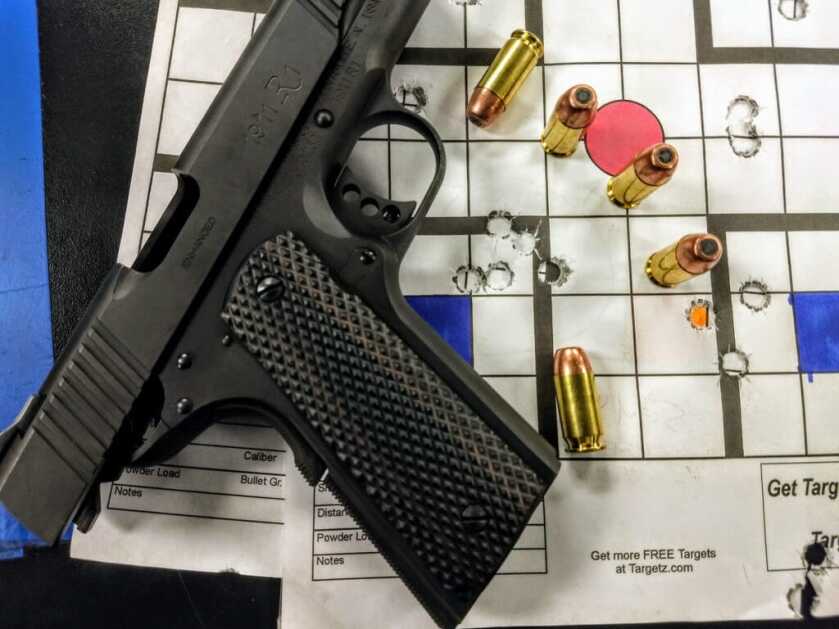
In total, I fired off 164 rounds of the Subsonic 45 AUTO. I experienced one failure to feed at Round #40, and a stovepipe jam at Round #135. The R1 1911 became very hot at approximately 100 rounds, and the feed ramp and the inside of the chamber appeared very dirty. Neither of which factors was very surprising given how fast I was shooting and the fact that a suppressor makes a handgun run hotter and dirtier than normal.
The slide on the R1 didn’t want to stay open when it got very hot, so, at 100 rounds I stopped and let the unit cool for 15 minutes. Once I returned to my testing, the R1 and Subsonic 45 worked fine for the remainder of my shooting, minus the stovepipe.
At ten feet, the Oehler 35 recorded the Subsonic 45 AUTO at an average of 803 fps, with a high velocity of 836 fps and a low at 778 fps. Standard deviation measured 16 fps.
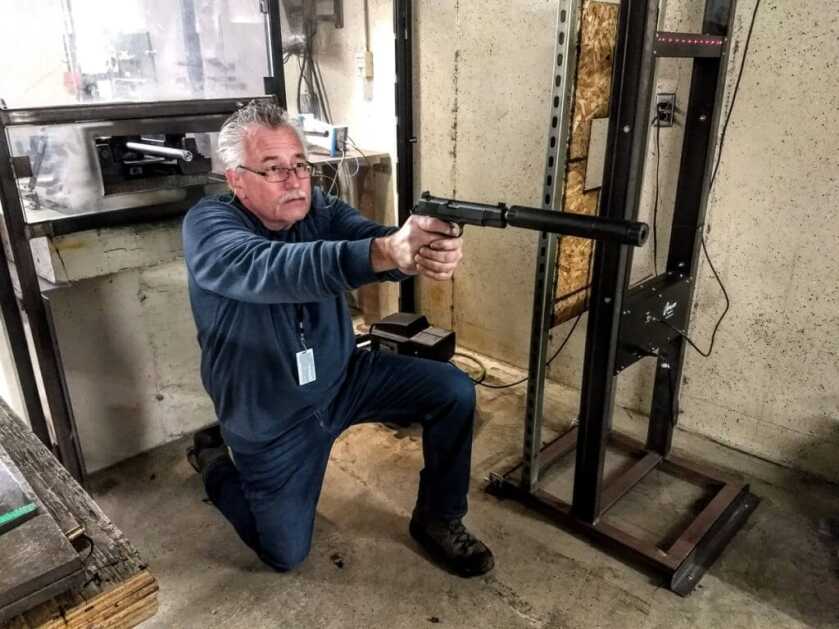
Remington Subsonic 300 Blackout, 220-grain FNEB Bullet
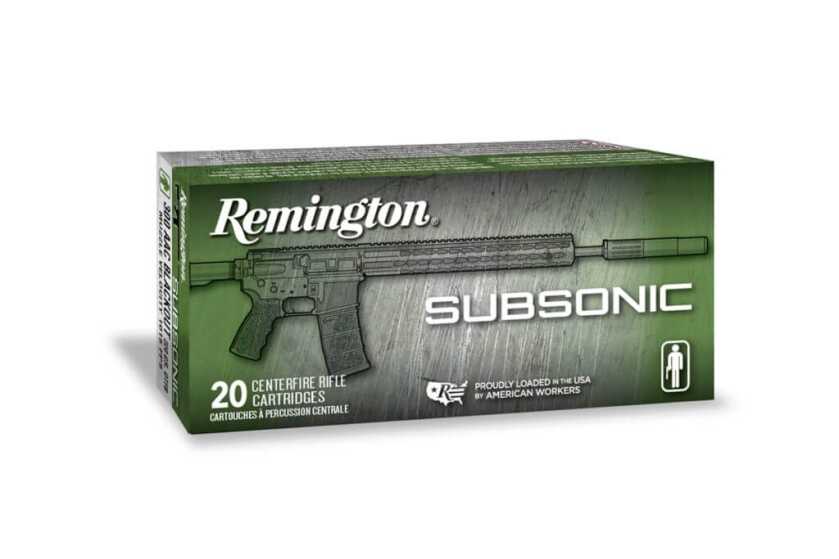
I used a Remington Model 700 bolt action with a 16-inch barrel to shoot the Remington Subsonic 300BLK, outfitted with a Leupold Mark 4 6.5-20-50mm scope. For suppressors, I switched between an AAC Jaeger and an AAC Ti-Rant 30.

I changed shooting lanes for the 300 BLK testing, moving to a 100-yard tunnel. There, I first zeroed the rifle at 50 yards. That went well, with one five-shot group at just a hair over 1”, and two other groups at or just below 1.5”.
But the accuracy at 100-yards was poor, even for 300 BLK—not, in my experience, exactly a tack-driver of a round.
The pattern was the same, no matter how many Subsonic 300 BLK rounds I shot or how long between groups I let the rifle and suppressor cool down. My first shot drilled within 1” of the bullseye, while the next three to four rounds dropped in wide, high or low. Occasionally, two of the five shots would place near the bullseye. My five-shot groups came in at 4”, while my best three shot group was 3”.

Initially, I assumed I was the problem. I’d spent a solid three hours in the morning with the two handgun loads, went to lunch, and returned to finish up shooting the Subsonic 45 AUTO. Then, I started on the 300 BLK testing. I figured I was tired. So, I had Barnes employee Chase Young shoot several groups of the 300 BLK, too.
Same results: 4” groups at 100 yards.
The Oehler 35 chronographed the Remington Subsonic 300 BLK at an average of 1,028fps. The highest velocity of the ten rounds was 1,075 fps, the lowest at 980 fps, with a standard deviation of 23 fps.
I did sense that some of the 300 BLK loads I fired had noticeably softer recoil than others. In a couple of cases, I know those lighter-recoiling rounds struck low on the targets. Whether that was a problem with a new ammunition line in its infancy or a larger problem, I do not know.
In 100 rounds, I never had a problem with the Subsonic 300 BLK rounds loading or ejecting.
Other Factors
All the bullets used in the Subsonic line are “FNEB” bullets. That is, “flat-nosed, base enclosed” bullets. Remington’s ammo people concluded that these flat-nosed bullets were more accurate with suppressors. The “enclosed” reference indicates the base of the bullet is covered with a jacket. Without jacket material, a lead base would be exposed to the hot gases of the gunpowder, with some of the lead vaporizing and accumulating inside the suppressor.
I didn’t have a decibel meter to measure the noise levels being generated by the Subsonic ammunition and the various suppressors. I did bring earplugs and Barnes had earmuffs on hand, both of which I use when shooting in a confined space like a testing tunnel.
However, I used neither plugs nor muffs the whole time, and my ears were fine. None of the shots hurt my ears and I experienced no muffling of sounds as the day progressed.
As mentioned, suppressed shooting is dirtier than un-suppressed. Suppressors not only contain much of the noise—they hold onto fouling and inevitably direct some of it back toward the gun and the shooter. So, frequent cleaning of any suppressed firearm is recommended.
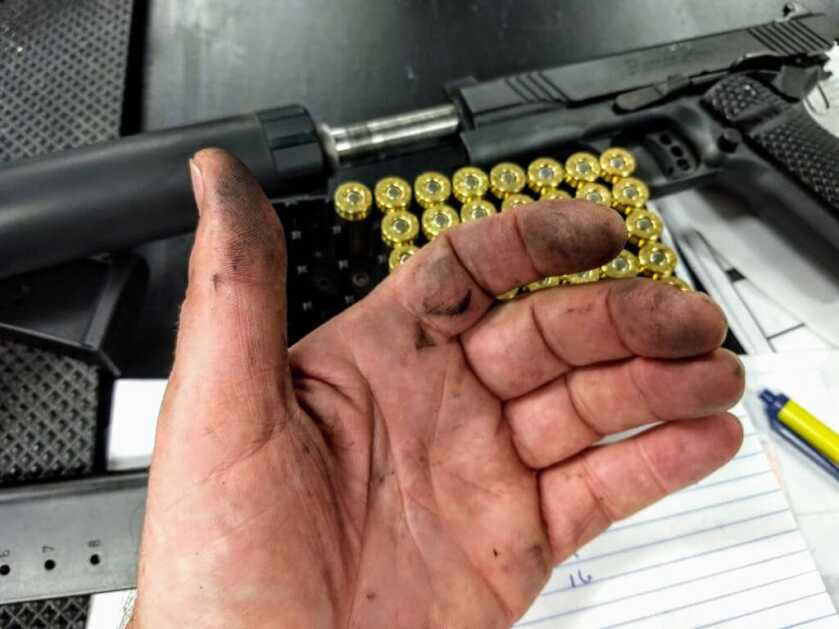
The Remington Subsonic ammunition didn’t seem particularly dirty, and the 9MM and 300 BLK struck me as very clean. But, if I was at my home range and shooting this ammunition, I would stop at 100 rounds and give the firearm a good cleaning.
Online prices for the Subsonic 9MM range from $13.00 to $15.00 for a box of 50, $21 to $23 for 50 rounds of the 45 ACP, with the 300 BLK at approximately $20.00 per box of 20.
I’d very much recommend the 9MM and 45 ACP as first-rate range ammo for those of us who shoot pistols suppressed. It’s accurate, quiet and functioned very well in the semi-automatic pistols I used.
On anything besides targets, I question the efficacy of any of the 300BLK subsonic rounds I’ve used, including these new rounds. So, if you are shooting steel at 100 yards or less, the Remington Subsonic 300 BLK should work fine. If you want or require better accuracy? I’d suggest trying another brand.
NOTE: Special thanks to Barnes Bullets and their great staff for their help with this article!


So, they are going though SPECIAL effort to manufacture “special” Subsonic rounds eh?
Who out there is selling supersonic .45 ACP?
The only .45 ACP I have ever gotten my hands on were all subsonic!
Great article! I appreciate your testing efforts.
what was the noise level without the suppressors?,do these rounds expand? i.e.. Glock 30 and 26,what level of muzzleflash sans suppressor.This Marxist paradise of New York State prohibits suppressors